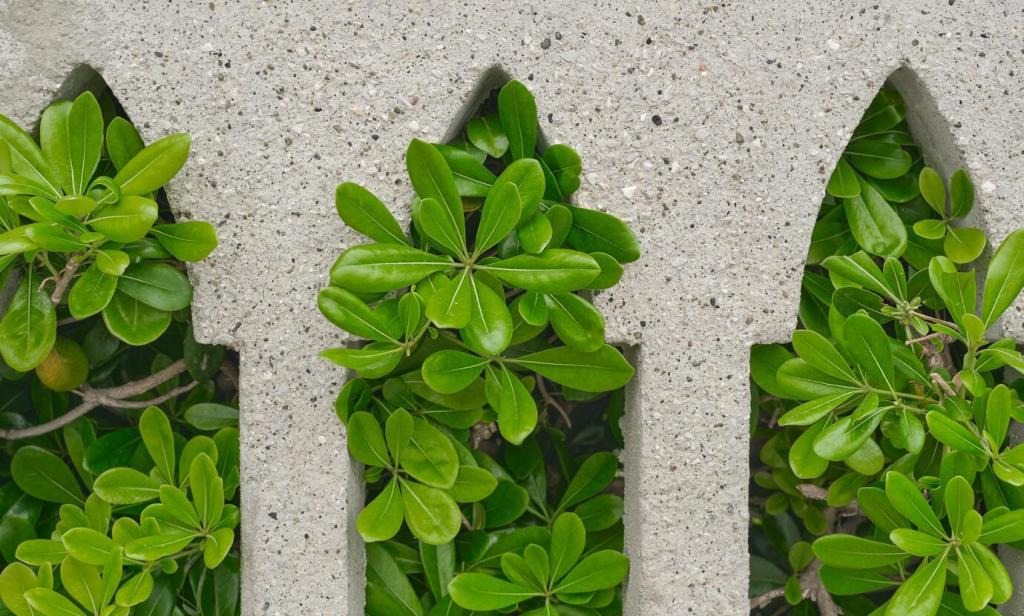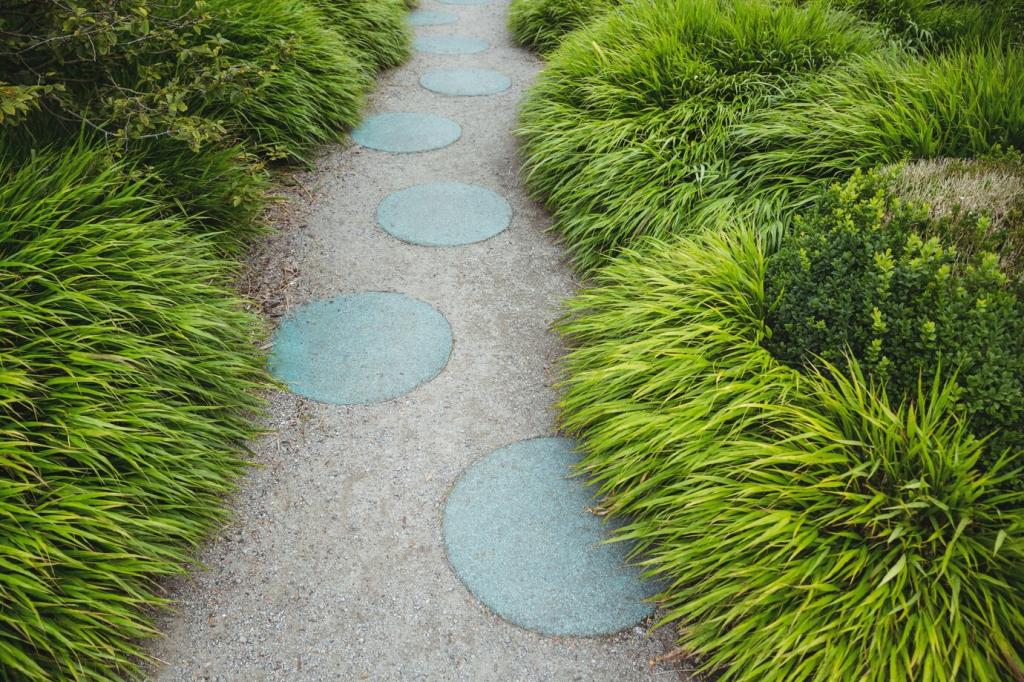Why Native Plants Win in Drought
From purple coneflower in the Plains to California buckwheat in the West and seaside goldenrod on coasts, natives handle familiar stressors. Their evolutionary resilience translates to lower watering needs and stronger ecological benefits at home.
Why Native Plants Win in Drought
Native blossoms, seeds, and shelter support local birds and beneficial insects. By choosing resource-efficient natives, you build a buzzing, flapping ecosystem that thrives on your site’s natural rhythms rather than constant irrigation.




